In the accounts of the resurrection we are shown that Jesus’ resurrection was a real, physical resurrection.
He invites the disciples to touch his wounds and he asks them for food to eat. Therefore this is not a ghost. It is not a zombie. It is not the walking dead.
Jesus is resurrected. But hang on a minute. If this is a real physical body why does it not behave like a physical body in all cases? Why do Mary Magdalene and the disciples on the road to Emmaus not recognize him? Furthermore, why does he appear in rooms where the doors are locked?
To be blunt, why does he walk through walls? It would seem therefore, that he is, after all, in some way, a ghostly or spiritual presence and not a real physical presence.
This is a good question, and the best answer I’ve ever come across is that Jesus’ resurrected body was not less real, but more real.
In his science fiction masterpiece, Perelandra C.S.Lewis’ hero encounters the eldil–angelic beings who are able to pass through the walls of the house where he is preparing to send Ransom off on his space journey.
He explains that these beings can do this not because they are less real than the brick wall, but more real. We perceive them as less real because of our perception bias. We think the brick wall is very solid–as solid as can be. But perhaps to the angelic being the brick wall is just as thin as a sheer curtain or even just a bank of fog.
Lewis’ example is brilliant. He says that if you did not know that a bank of fog that you could not see through was just made up of mist and water, you might assume that it was solid. Then if a man stepped through the bank of fog you would assume that the man was insubstantial and less real than the fog, but in fact he is the one who is real and solid, and the bank of fog is just mist and water vapor.
So Jesus, after his resurrection was not less physical, but more physical. This is why they sometimes could not recognize him–because he was now in the resurrection body which was of another dimension which their eyes could not easily perceive.
He could appear and disappear in and through this physical world as if he were stepping through a curtain or a bank of fog. He could come through doors and walls because they were no more substantial to him than a veil of water vapor.
Lewis plays with this idea further in The Great Divorce, and in The Last Battle where everything in heaven is not less real, but more real. The grass cuts the feet of the departed souls who visit heaven and the apples are too heavy to pick up. They worry that it might rain because the raindrops would hurt them because of their density and weight.
So lets not imagine that Jesus was a ghost, and not even suggest that his resurrection body was somehow ghostly or “spiritual” or less physical than his pre-resurrection body. It was not less real, but more.
Likewise, our own resurrection bodies on the last day will be gathered up and be more real and solid and good and beautiful and true than we can imagine here and now.

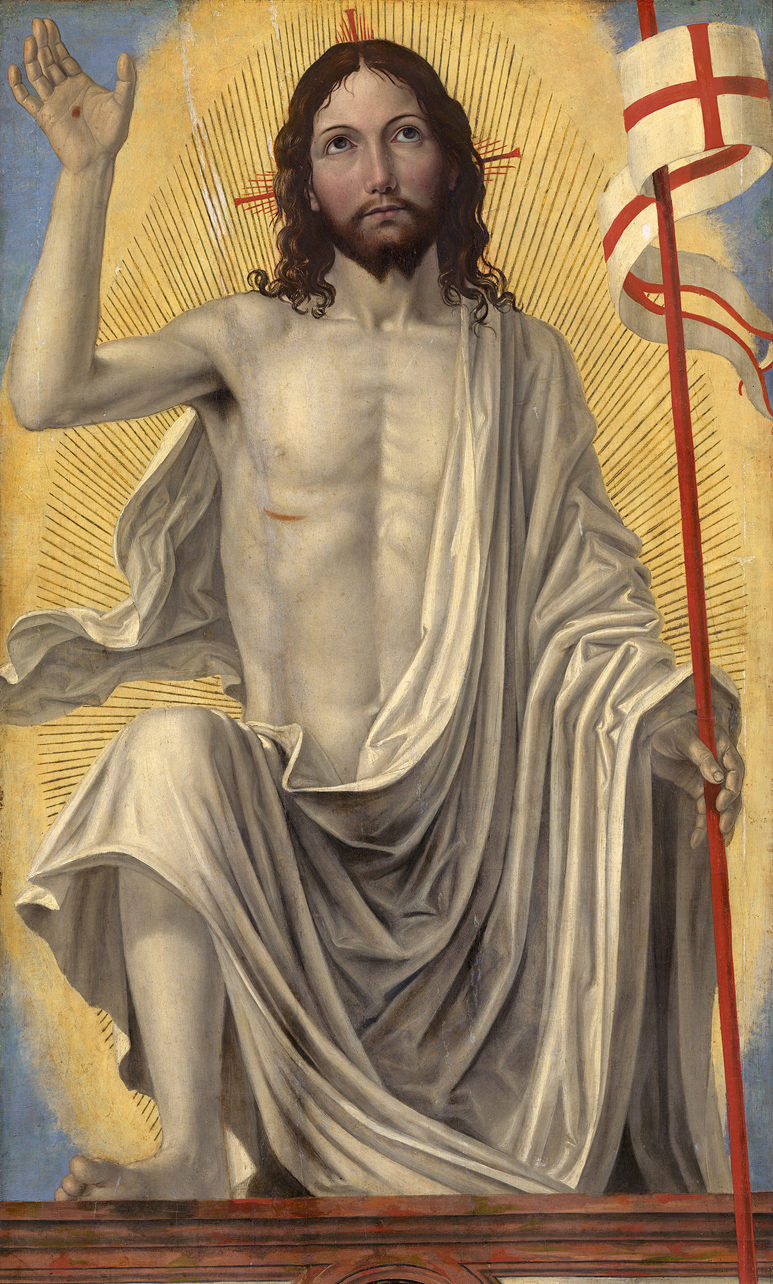
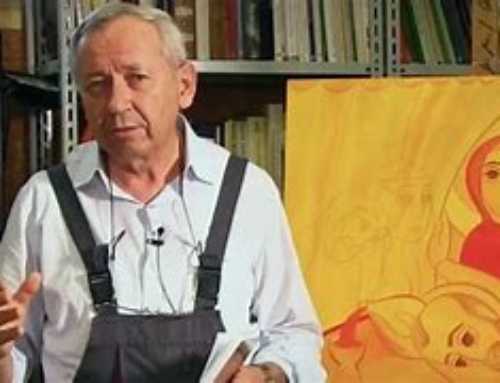
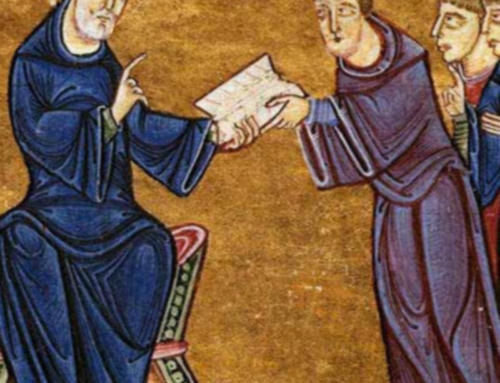

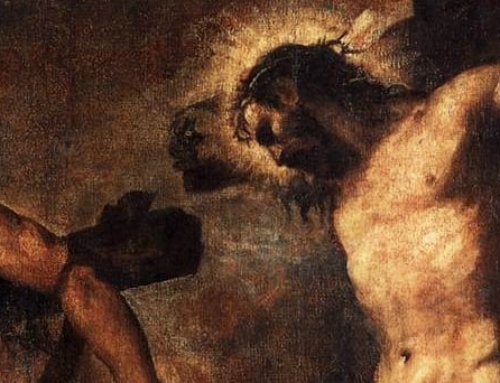
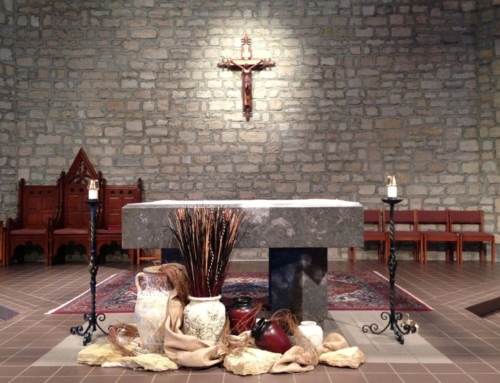
[…] explained it in an earlier post here. Simply put, the gospels make it clear that Jesus was not a ghost, but they also make it clear that […]
[…] C.S. Lewis, Science Fiction & Why Jesus Walked Through Walls […]